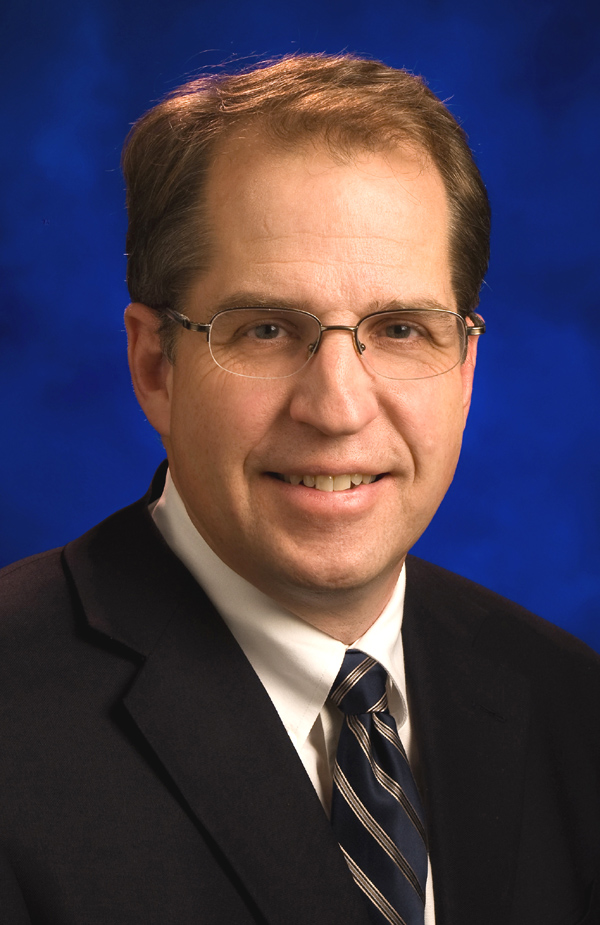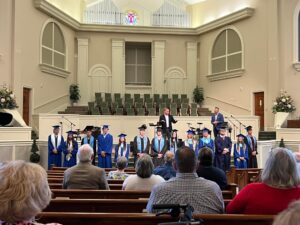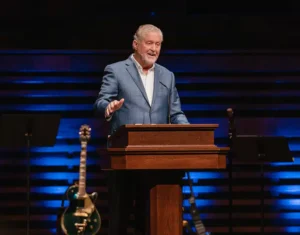
SCOTTSDALE, Ariz. (BP)–The U.S. Court of Appeals for the Second Circuit issued a stunningly wrong decision June 2 denying the First Amendment rights of churches and other religious groups to meet in government buildings on the same terms and conditions as other community groups.
In the Bronx Household of Faith decision, the judges by a 2-1 vote upheld a New York City school board policy that bans religious worship services from meeting in the city’s almost 1,200 public schools at times when school is not in session. The school board allows private community groups to meet for any purpose “pertaining to the welfare of the community,” yet explicitly singles out religious worship services for exclusion.
Thousands of community groups meet in the schools each year. About 60 or so churches meet weekly in NYC public schools, according to school officials. Many other religious groups, including Hindu, Buddhist, Jewish and Muslim groups, meet in the schools on a less regular basis. These religious groups have been meeting under an injunction won by Alliance Defense Fund attorneys nine years ago in 2002. But the Second Circuit overturned that and reinstated the policy that bans worship services, but allows all other forms of private expression (speeches, debates, recitals, meetings, ceremonies, etc.)
The majority opinion finds constitutional significance in the fact that the school board is banning the “conduct of an event or activity that includes expression of a point of view, and excluding the expression of that point of view.” The majority opinion explains that although the school board could not ban religious expression, it could ban activities, or events, such as “marital art matches, livestock shows and horseback riding,” A church service is like a rodeo, the majority reasons, so it can be banned!
The big flaw here is that the majority views a “worship service” as a collective event and refuses to see it as a collection of specific expressive acts. But that is essentially a theological determination, and not a matter of constitutional law. A federal court, or a public school district can only use the Constitution when examining whether to permit a “worship service” in its forum. That means it should view a “worship service” as a summation of component expressive elements, such as singing, preaching, prayer, Bible reading, etc. The issue should be whether the government’s policy setting up the forum allows that speech. However, the Second Circuit does not agree, making the incredible statement that “[p]rayer, religious instruction, expression of devotion to God, and the singing of hymns, whether done by a person or a group, do not constitute the conduct of worship services. Those activities are not excluded.” This is not a misprint. The Second Circuit freely admits that all of those expressive activities are permitted under the NYC policy. But those expressive activities combined together is exactly what Bronx Household of Faith does at the schools on Sunday mornings. So, according to the majority, just because Bronx Household of Faith calls it a “worship service,” the label allows the school district to ban the meetings from the forum. The label a private group chooses for its meetings should not make a constitutional difference and allow the school district to ban the church’s expression. A worship service is not some sort of mutant form of expression that garners less protection under the First Amendment.
The elegant and powerful dissent by Judge John M. Walker Jr. exposes the defects and wrong reasoning the majority opinion. His compelling analysis rightly explains how the Supreme Court has repeatedly rejected the arguments the school board has raised to defend its policy. He points out the major flaw in the majority’s opinion: This is private religious speech, not government sponsored religious speech. The government does not sponsor private expression that it permits in an empty public building. This violates the free speech rights of the church, and the Establishment Clause does not require such a harsh religious exclusion. This will be the basis that the Supreme Court or the Second Circuit sitting en banc will use to reverse this decision.
We are planning to appeal the case. Getting the correct interpretation of the Constitution is important. But there is another important factor here — the many churches now meeting in New York City public schools and the people and families they impact throughout the city. The school district estimates that around 60 congregations meet regularly in the 1,200 school buildings on weekends. I do not know how many people attend these churches, but there are probably many who are finding help for themselves, their marriages, their families, etc. There are many who are finding hope in Christ and the truths found in Scripture. These churches are helping people to clean up their lives, get off of drugs, save their marriages, stop stealing, learn how to raise their children responsibly, and motivate them to help their neighbors as Christ commanded. All of that “pertains to the welfare of the community,” as the New York City policy requires for any community group meeting in the public schools on the weekends.
My prayer is that this unconstitutional policy will never again go into effect, and that the churches will continue to meet freely in the New York City schools as they have for the past nine years.
–30–
Jordan Lorence is senior vice president and senior counsel for the Alliance Defense Fund, online at AllianceDefenseFund.org. This column first appeared at ADF’s Speak Up Church blog, online at http://www.speakupmovement.org/church
















